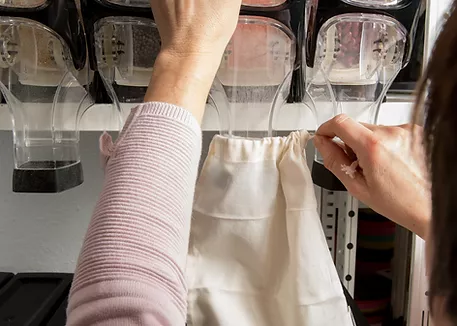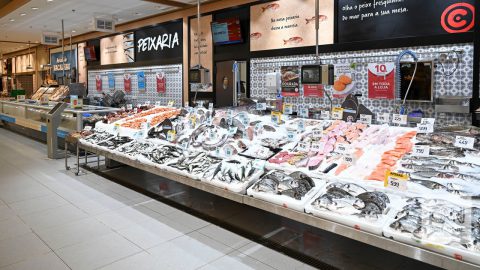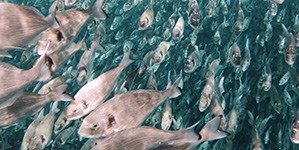To ensure that Jerónimo Martins’ businesses do not contribute to the overexploitation of fish stocks, the Group annually assesses the conservation status of over 200 species sold through our perishables and private brand products. Risk levels are defined in accordance with the IUCN Red List and the degree of stock exploitation.
The Group adopts different strategies depending on whether species are classified as “vulnerable”, “endangered” or “critically endangered”. For example, the European eel – classified as “critically endangered” – is not sold by any of the Group’s companies. Although from aquaculture, production systems of this species rely on the capture of juveniles (glass eels) from natural habitats, which continues pressure wild populations.The Group adopts different strategies depending on whether species are classified as “vulnerable”, “endangered” or “”critically endangered””. One example is that of the European eel, classified as “”critically endangered””. We do not sell this species because, although from aquaculture, production systems depend on the collection of “”juveniles”” (glass eels) from natural environments, continuing to put pressure on wild populations. “



